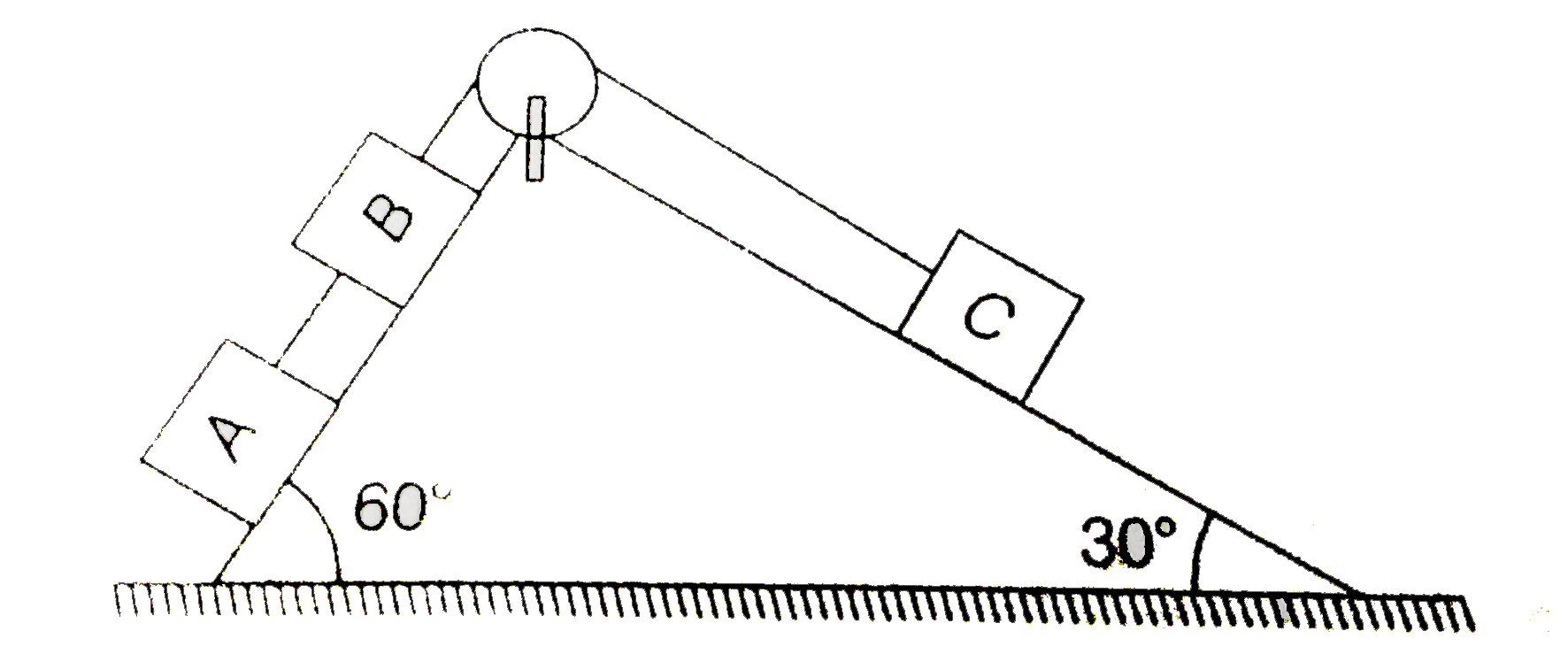The first & second stage of two stage rocket separately weigh 100 kg and 10 kg and contain 800kg and 90kg fuel respectively. If the exhaust velocity of gases is 2 km/sec then find velocity of rocket (nearly) (log105=0.6990) (neglect gravity)
7.8×103 m/s
9.3×103 m/s
2.4×103 m/s
6.1×103 m/s
The correct Answer is:A
Step by step video solution for The first & second stage of two stage rocket separately weigh 100 kg and 10 kg and contain 800kg and 90kg fuel respectively. If the exhaust velocity of gases is 2 km/sec then find velocity of rocket (nearly) (log_(10)5=0.6990) (neglect gravity) by Physics experts to help you in doubts & scoring excellent marks in Class 12 exams.
Updated on:21/07/2023Similar Questions
A 500kg rocket has to be fired vertically. Exhaust velocity of the gases is 1.96 km/s. Minimum mass of the fuel to be released in kg per second is
View SolutionA shell of mass 10 kg is moving with a velocity with a velocity of 10ms−1 when it blasts and forms two parts of mass 9 kg and 1 kg respectively. If the 1st mass is stationary, the velocity of the 2nd is
View SolutionA diwali rocket is ejecting 0.05kg of gases per second at a velocity of 400m/sec. The accelerating force on the rocket is
View SolutionIn a rocket, fuel bums at the rate of 1 kg/s. This fuel is ejected from the rocket with a velocity of 60 km/s. This exerts a force on the rocket equal to
View SolutionTwo bodies of 6kg and 4kg masses have their velocity 5ˆi−2ˆj+10ˆk and 10ˆi−2ˆj+5ˆk respectively. Then, the velocity of their centre of mass is
View SolutionIn a rocket, fuel burns at the rate of 2 kg/s. This fuel gets ejected from the rocket with a velocity of 80 km/s. Force exerted on the rocket is -
View SolutionIn a rocket, fuel burns at the rate of 2 kg/s. This fuel gets ejected from the rocket with a velocity of 80 km/s. Force exerted on the rocket is -
View SolutionFuel is consumed at the rate of 50 kg s−1 in a rocket. Find the thrust on the rocket if the velocity of the exhaust gases is 2 km s−1. Also calculate the velocity of the rocket at the instant, when its mass is reduced to l/10th of its initial mass if its initial velocity is zero, (neglect gravity)
View SolutionA rocket of initial mass 6000kg ejects mass at constant rate of 200 kg/sec. with constant relative speed of 800 m/sec. The acceleration of the rocket after 5 sec is (neglect gravity)
View SolutionIn the adjacent figure, mass of A, B and C are 1 kg , 3 kg and 2 kg, respectively. Find

(a) the acceleration of the system, and
(b) tensions in the string .
Neglect friction. (g=10ms−2)
View Solution
